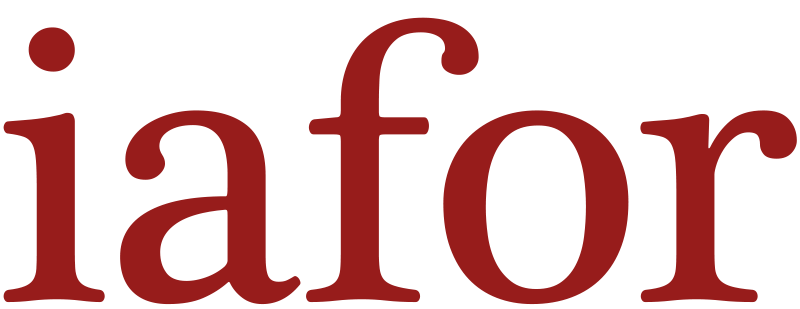Author: Gwendolyn Osterwald, Hofstra University, United States of America
Email: [email protected]
Published: April 5, 2017
https://doi.org/10.22492/ijah.4.1.04
Citation: Osterwald, G. (2017). Contradictions in the Representation of Asexuality: Fiction and Reality. IAFOR Journal of Arts & Humanities, 4(1). https://doi.org/10.22492/ijah.4.1.04
Abstract
This paper discusses an obscure chapter in the history of sexuality, one that has received precious little attention until quite recently: asexuality. Perhaps because of this dearth of investigative efforts, asexuality has never fully developed as a discursive object and has been notoriously absent from the theoretical discourse on sexuality. Asexuality, for example, is glaringly absent from Karen Horney’s seminal Feminine Psychology (1922–1937) as well as from Michel Foucault’s The History of Sexuality (1976–1984) and Pepper Schwartz and Virginia Rutter’s more recent The Gender of Sexuality (2000). Modern nescience on the subject reflects an age-old unawareness: asexuals have received contradictory and obtuse representations in Western narratives from the earliest glimmers of Western culture. Thus, the discussion of asexuality in this paper will focus on modern-day representations of asexuality while looking back at earlier portrayals in order to provide context for the discussion. It will also touch upon common misconceptions about asexuality in biological and social contexts, such as the idea that it is a malady that can be cured or a phase in an individual’s life that will eventually be overcome, much like pubescent acne. Beyond aesthetic portrayals, one must also touch upon the human cost of such invalidating conceptions: prevalent assumptions put asexuals at physical and emotional risk. Fortunately, the asexual community is now discussing and documenting the inner complexities of this misunderstood “sexuality” quite seriously. This is done particularly via the Asexuality Visibility Education Network (AVEN). One of the main ideas that this community wants to disseminate is that, very simply, a person identifying him or herself as asexual does not experience sexual attraction (e.g. lust) towards other people. And that this in no way makes such a person “abnormal”.
Keywords
asexual, asexuality, alternate sexuality, sexual attraction
